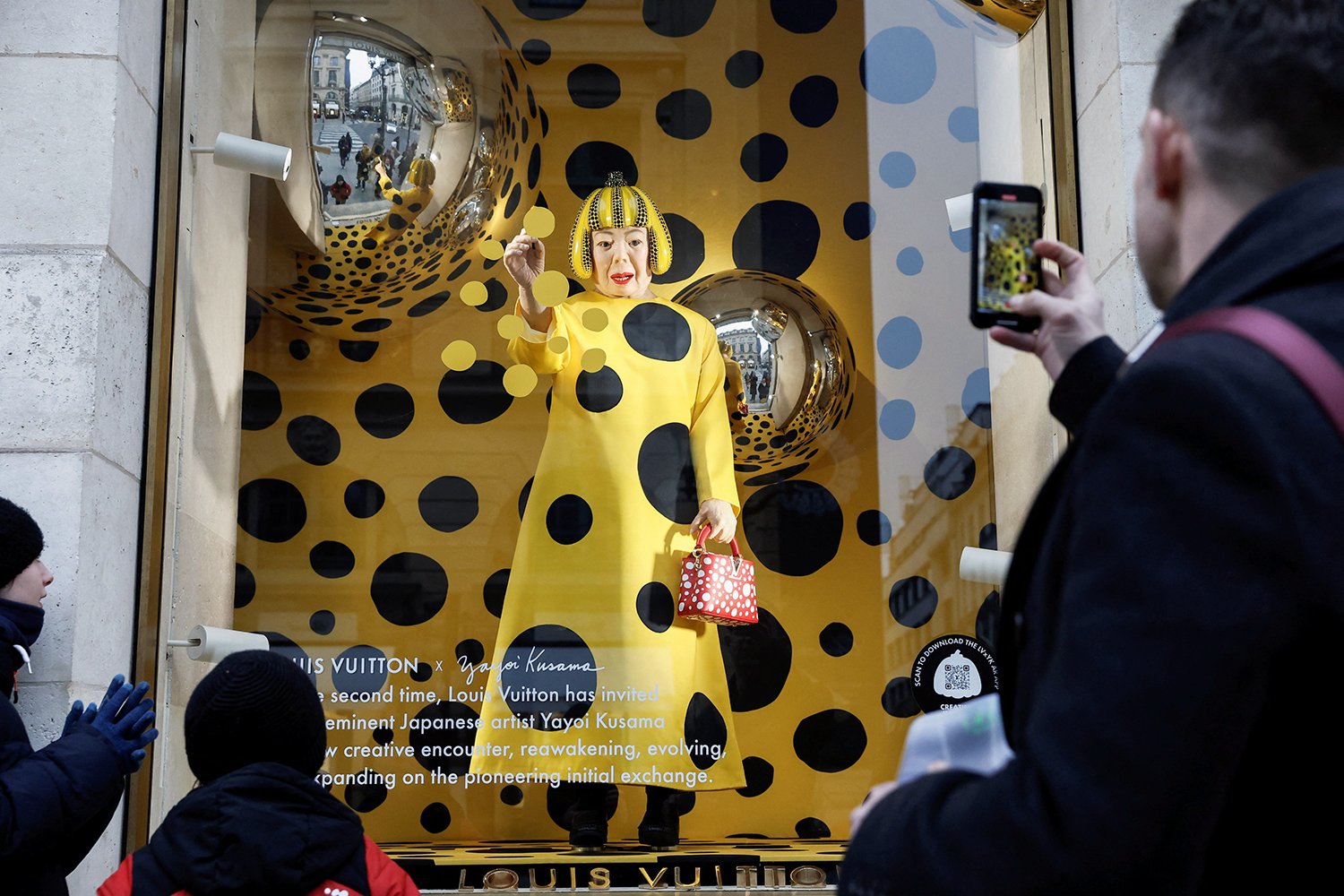About Ellsworth Kelly and his Austin Chapel

American artist and veteran Ellsworth Kelly leaves behind an elusive legacy of chasing the primordial through shape, color, and form.
Cover photo: Austin (Kelly Chapel), 1986-2018, by Ellsworth Kelly, Blanton Museum of Art, Austin, Texas, United States (2018). Photo by Jason John Paul Haskins and via Flickr (color-corrected and cropped).
Born on this day in 1923, today would have been artist Ellsworth Kelly’s 98th birthday. The American artist and veteran died in 2015, leaving a lasting legacy of minimalism. Throughout his career, Kelly chased the primordial through shape, color, and form. His oeuvre can only be characterized as bold, bright, and demanding of attention.
New York Times art critic Holland Cotter wrote of Kelly, “The simplicity, flat color, bold scale, and especially his cultivation of a geometry full of flexible organic undertones formed a crucial example for the Minimalists.”
Kelly’s final project, simply titled Austin — commonly referred to as the Kelly Chapel — is undoubtedly his magnum opus, a combination of his experience in art and sculpture. In a 1950 letter to friend John Cage, Kelly wrote, “To hell with pictures—they should be the wall—even better—on the outside wall—of large buildings.” First conceived in 1986, this chapel is Kelly’s first architectural project and his last completed work.
The 2,715 square-foot and 23 million dollar building is located on the grounds of the Blanton Museum of Art in the Texas capital. Shaped in a vaulted cross, clad in grey limestone, and decorated with hand-blown colored glass, the building is nothing short of jaw-dropping.
Upon entrance to the Kelly Chapel, visitors are draped in an ethereal light which emanates a deep sense of calm. The building is lit by colored glass windows arranged, on the left, in a design of tumbling squares, and, opposite on the right, in the form of a starburst.
The windows are so bright and simple, as if traditional creations had been returned to their original form. In fact, Kelly was long influenced by Byzantine mosaics. Michael Agresta of Texas Monthly describes the site as “a walk-in kaleidoscope”.
The colors shift and morph with the weather. Carter Foster, deputy director for curatorial affairs at the Blanton and Kelly’s friend for nearly twenty years, observes, “It is like a sundial, almost. The experience of it is deeply tied to nature and the universe.”
Kelly began his artistic career during World War II, serving in the Ghost Army, a tactical group of over a thousand artists, actors, and musicians tasked with designing camouflage, fake military equipment, and soundscapes to deceive the Axis Powers. Afterwards, Kelly traveled to Paris on the GI Bill where he met the likes of Jean Arp and Pablo Picasso.
“I didn’t come back from Europe until I was 30, and by then I already figured out my style of painting,” Kelly explained. “I wanted to do anonymous work, like the old masters.”
It would take decades for Kelly to achieve recognition. Upon Kelly’s death, art critic Peter Schjeldahl wrote for The New Yorker, “I came to appreciate his greatness slowly, even grudgingly, and then all at once, and permanently.”
In 1966 — the year he first represented the United States at the international Venice Biennale — Kelly explained to The New York Times, “my paintings don’t represent objects. They are objects themselves and fragmented perceptions of things.”
One of Kelly’s early memories was that of stepping on a yellow pound of butter until it was a flat mess. According to Kelly, his mother exclaimed, “Look what you’ve done... you’ve made art!”
Kelly spent his last thirty years devoted to his art sanctuary. The building was originally destined for California but was instead built on the grounds of the Blanton Museum of Art at the University of Texas at Austin to satisfy Kelly’s concerns: (in Michael Agresta’s words) “it would be considered a work of art, not a religious building; it had to be accessible to the public; and it needed protection against future removal.”
Despite Kelly’s religious protestations, his secular chapel is deeply rooted in Christian tradition. A simple wooden beam stands in place of a pulpit and Kelly included fourteen black-and-white marble panels inspired by the Stations of the Cross.
A chapel is a curious choice for a gay atheist. Unlike artists who made their queerness explicit — such as Keith Haring or Robert Mapplethorpe — Kelly’s sexuality has been largely unremarked upon by critics.
According to a 2019 revelation by author Bradford Collins, a tryst with Ellsworth Kelly inspired Robert Indiana’s iconic LOVE. “Men in Indiana’s generation didn’t hide who they were but they didn’t broadcast it either,” notes Robert Storr, dean of the Yale University School of Art.
Kelly’s own multi-color Spectrum series preceded Gilbert Baker’s queer rainbow flag by some 25 years. “I like all colors, except for pale colors,” Kelly remarked. He developed his signature color palette in the 1940s, derived from European artists like Wassily Kandinsky and Fernand Léger.
Like Mark Rothko and his chapel in Houston, Kelly died before he was able to see his project completed. His husband Jack Shear remains the Executive Director of the Ellsworth Kelly Foundation.
As a child, Kelly asked his parents, “If heaven is so great, why don’t we just kill ourselves?” He maintained this view throughout his life, “Who wants heaven?” he asked in 2011. “I want another 10 or 15 years of being here.”
“Any good art is spiritual […] not so religious,” Kelly argued in his final interview, adding, it’s “about reaching something.” He once explained, “I think what we all want from art is a sense of fixity, a sense of opposing the chaos of daily living.”











